Rockin’ The Blues In Britain
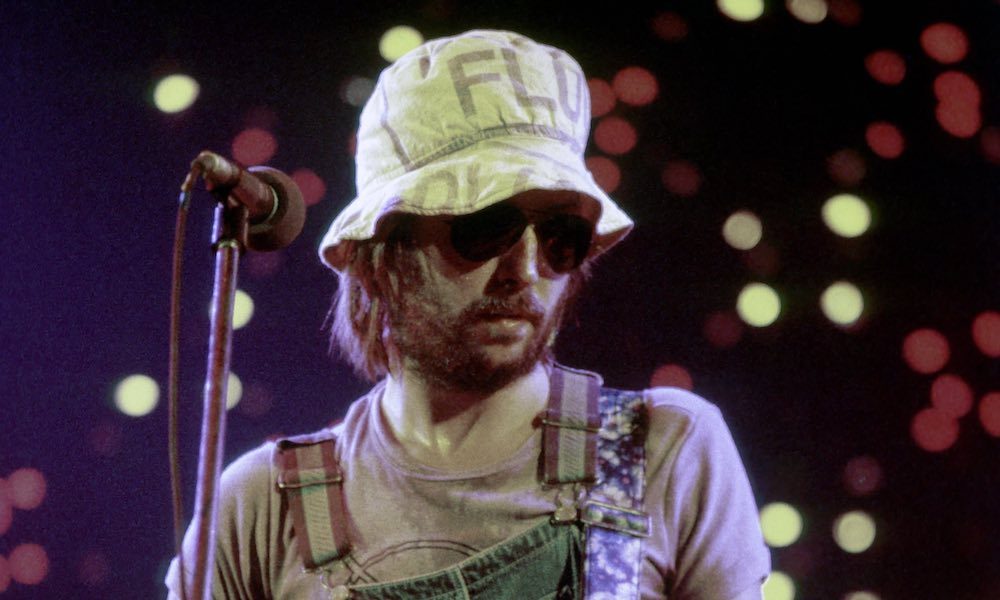
It’s time to decide where you think a Mississippi Blues Trail plaque should be placed in the UK? Rockin’The Blues have come up with some suggestions and we here at uDiscover are giving you somme background as to why these places are so important in the history of British Blues.
You can vote here
The Ealing Club, 42a Ealing Broadway, W5
In March 1962, The Ealing Club, was the place to be. Alexis Korner and Cyril Davies’ band Blues Incorporated were the ‘house band’ and a young Brian Jones hitchhiked from Cheltenham to visit the club where he also met up with teenage, Paul Pond who later changed his name to Jones to become the singer with Manfred Mann.
Pretty soon the basement below the Aerated Bread Company tea shop, opposite Ealing Broadway station, was being visited by Michael Jagger and Keith Richards; young Mick sat in with Blues Incorporated. Charlie Watts was a regular,at the club, which held 200 people at a pinch, along with Jack Bruce, Ginger Baker, Graham Bond, Long John Baldry and a string of others who were passionate about the music of Chicago and the South.
Marquee Club, 165 Oxford Street, W1
It was established by Harold Pendleton, an accountant who loved jazz, in the old Marquee Ballroom in the basement of the Academy Cinema at 165 Oxford Street. The first Jazz at the Marquee night was held in April 1958 and John Dankworth, Chris Barber, Alexis Korner and Cyril Davies were early resident performers. In 1962 the club began a regular Blues and R&B night that occasionally featured visiting American musicians such as Muddy Waters. On 12 July 1962, The Rollin’ Stones played their first ever gig here, deputising for Blues Incorporated. Others who played at the Oxford Street club included Blues By Six, Big Pete Deuchar’s Country Blues, Long John Baldry and the Cyril Davies All Stars
Marquee Club, 90 Wardour Street, W1
In March 1964 the Marquee Club moved to its most well known location, 90 Wardour Street in the heart of Soho. Over the years those that appeared here included, The Rolling Stones (but they never had a residency at this location as some have suggested), The Yardbirds, Led Zeppelin, The Who, Rod Stewart, and Peter Green’s Fleetwood Mac gave their first performance there in 1967. But it was better known as an all round rock venue than a blues club.
102 Edith Grove, SW10
In August 1962 Mick Jagger and Brian Jones moved into a flat at 102 Edith Grove, Chelsea, where the rent was £16 per week. According to Mick’s brother, Chris, “It was a real hole, but a homely sort of hole. It was a scruffy little flat, and in the middle of the main room, a bare electric light bulb was their only lighting”. A short while afterwards, Keith moved into Edith Grove, where Mick and Brian shared a bed in the bedroom, while Keith slept on the sofa in the living room. In April 1963 The Beatles, who had been to see The Stones play at the Crawdaddy Club, came back to the flat and they talked music, long into the night.
Chorlton Station, Manchester
An unlikely venue for a blues happening, but then the blues and the railroads in America were always close. It was decided to use Whalley Range’s Wilbraham Road Station as a set, made to look a little like an American train station for a Grenada TV shoot for The Blues and Gospel Train in May 1964 featuring Muddy Waters, Sister Rosetta Tharpe Sonny Terry and Brownie McGhee, Cousin Joe, Otis Spann and the Reverend Gary Davis, The site which is now overgrown wasteland is next to Morrison’s supermarket on Wilbraham Road.
Decca Recording Studios, 165 Broadhurst Gardens, NW6
Perhaps, most famously, The Beatles failed their audition for Decca Records at this studio in North London, but shortly afterwards with Decca’s signing of the Rolling Stones and other artists with their roots in the British blues scene, it led to it becoming hallowed ground for those who loved the music of the Deep South and Chicago. The Stones cut ‘Fortune Teller’ and Poison Ivy’ here in July 1963, as a planned follow-up to their debut single. The following month The Stones recorded ‘Bye Bye Johnny’, ‘Money’, ‘You Better Move On’, and ‘I’m A Hog For ‘ in preparation for their first EP. John Mayall’s Blues Breakers with Eric Clapton album was created here in March 1966, Savoy Brown’s debut album on Decca, Shake Down was cut here in the early summer of 1967 and a couple of months later the debut by Ten Years After…the list goes on.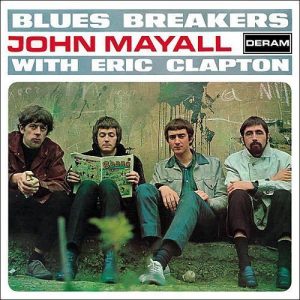
Eel Pie Island, Twickenham
Between April 1963 and September of the same year The Rolling Stones play the Eel Pie Club regularly. A little to the west of the Crawdaddy Club it had been a regular venue for jazz and more recently blues since the late 1950s. It played host to the usual suspects including John Mayall, The Yardbirds, The Who and The Downliners Sect before closing in 1967 after a fire and then briefly reopening in 1969 when among others Black Sabbath, Genesis and Mott the Hoople all played there.
Crawdaddy Club, Station Hotel, Richmond
Giorgio Gomelski the son of a French mother and Russian father from the Caucasian Mountains settled in England and worked as an experimental filmmaker in the late 1950s. In August 1961 he produced a film about the First Richmond Jazz Festival featuring the Chris Barber Band. By early 1963, he was running his own club in the rear room at the Station Hotel, Richmond. The Johnny Dankworth Band featured on a Monday night. He decided to open on Sunday nights as well and booked The Dave Hunt Blues Band, with Ray Davies (later with The Kinks) on guitar.
The Dave Hunt Band were less than reliable and so Giorgio invited The Rolling Stones down to one of his Sunday blues nights. Brian Jones said, “Look, Giorgio, you can’t run a club without knowing whether your band’s going to turn up! Give us a break. We’ll do it for nothing.” The Stones played there first on 24 February 1963 and Gomelsky guaranteed them a £1 each per show. Audiences quickly grew and it was renamed the Crawdaddy in April in honour of a Bo Diddley song that the Stones played and stretched into a marathon jam. By June it had outgrown The Station Hotel and moved to the pavilion at Richmond Athletic Club. Besides the Stones The Yardbirds played there regularly and Eric Clapton, who was at Kingston Art school, went to see The Stones at the station Hotel regularly.
101 Gerrard St W1
In mid August 1968 Jimmy Page, Robert Plant, John Paul Jones and John Bonham rehearsed here and the chemistry was instantaneous as they played, ‘Train Kept a Rollin’. According to John Paul Jones, “We first played together in a small room on Gerrard Street, a basement room, which is now Chinatown. There was just wall-to-wall amplifiers, and a space for the door – and that was it. Literally, it was everyone looking at each other – ‘what shall we play?’ Me doing more sessions, didn’t know anything at all. There was an old Yardbirds’ number called Train Kept a Rollin’… The whole room just exploded
The 100 Club, 100 Oxford Street, W1
Opened in the 1940s it was originally called the Feldman Swing Club, the name was changed to the 100 Club in 1964. Jazz man Humphrey Lyttelton regularly played there in those days and soon afterwards like most London clubs it turned its attention to Blues and R&B. Among those that played there in 1964 were The Graham Bond Organization, The Tridents (Jeff Beck’s band), The Birds (Ronnie Wood’s band), The Pretty Things and a whole host of jazzers including Acker Bilk, John Chilton’s Feetwarmers and Alex Walsh.
You can vote here

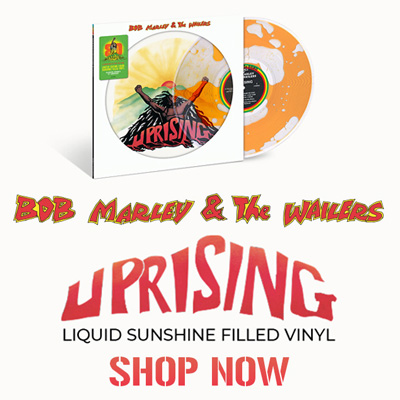




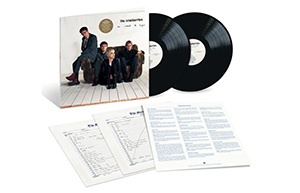
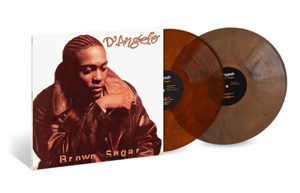
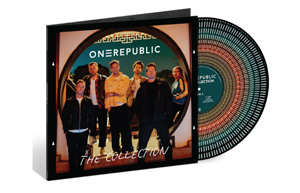
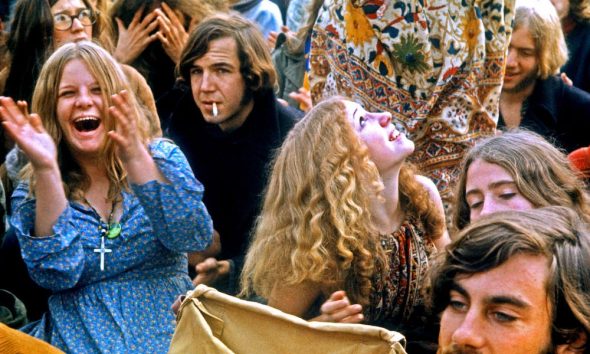
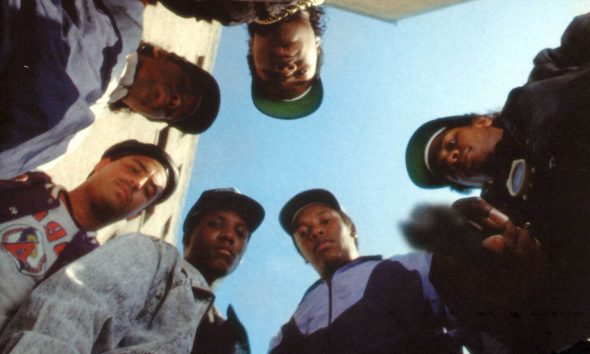

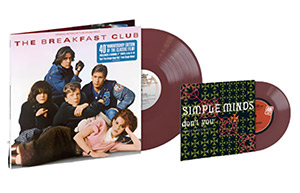
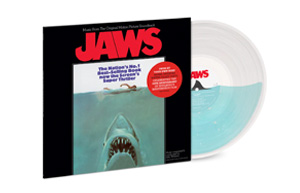
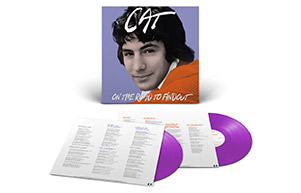
Jeff Edwards
February 9, 2016 at 11:47 am
As usual London based nothing happened in the North the place you do mention you’ve got the wrong station. Twisted Wheel Manchester put on lots of blues acts not plastic ones like the Rolling Stones I personally saw SBW #2 Jimmy Reed John Lee Hooker many times read up on your subject there are plenty of books available. I’m sure there are clubs in Liverpool Newcastle and the Midlands that were part of the ‘blues boom’ in the sixties
uDiscover
February 9, 2016 at 12:40 pm
We hear you, Jeff
Phil Atkinson
February 29, 2016 at 10:40 pm
You’re dead right Jeff and you can add Manchester Free Trade Hall for the same reasons. I have a copy of the Granada film on Wilbraham Road Station 7th May 1964. I was at the original Blues Train Concert at the Free Trade in 1964, to which by the way, a mini bus carrying Eric Clapton , Brian Jones , Kieth Richard and Jeff Beck rocked up from London. Manchester was then the Blues Capital of Britain at the time .
Phil Atkinson
February 29, 2016 at 10:42 pm
1963 sorry
Amanda
February 10, 2016 at 3:53 pm
All of the above, plus some. I’m partial the Crawdaddy though (Eel Pie too), as you can tell from the timeline I constructed.
Still, if anything is missing from the timeline, or something already there is incorrect/incomplete, please do let me know! Mr. Gomelsky didn’t keep physical records, but there are plenty of memories of the place floating around out there.
TonyH
February 10, 2016 at 7:09 pm
As stated above, this list is so London centric …Nottingham had a really strong blues scene with venues like the Beachcomber, the Dungeon and all of the “boat clubs”. I saw Mayall( with various line ups, Peter green ( when ‘Mac was a proper blues band) Aynsley Dunbar, victor brox and so many more…there was a good band on at one (or more ) of them virtually every weekend.
Trevor Watts
February 10, 2016 at 10:51 pm
I saw Led Zeppelin at the Marquee in Wardour Street I am sure they were called the new yardbirds then. I also saw The Who there, Taste, Fleetwood Mac, John Mayall, Chicken Shack, jJethro Tull etc good times, I vote for the marquee
Kim
February 11, 2016 at 2:04 am
I visited several of these places (including Eel Pie Island and Marquee, Les Cousins and the Ricky Tick), but the venue I attended most often was The Toby Jug pub at Tolworth. Saw all the usual suspects of the era playing there including Fleetwood Mac, Chicken Shack, Savoy Brown.
Enoch Daffodil
February 29, 2016 at 10:11 am
I remember the loud farts at Marquee. The were the blues at it’s best, so my vote goes for MQ